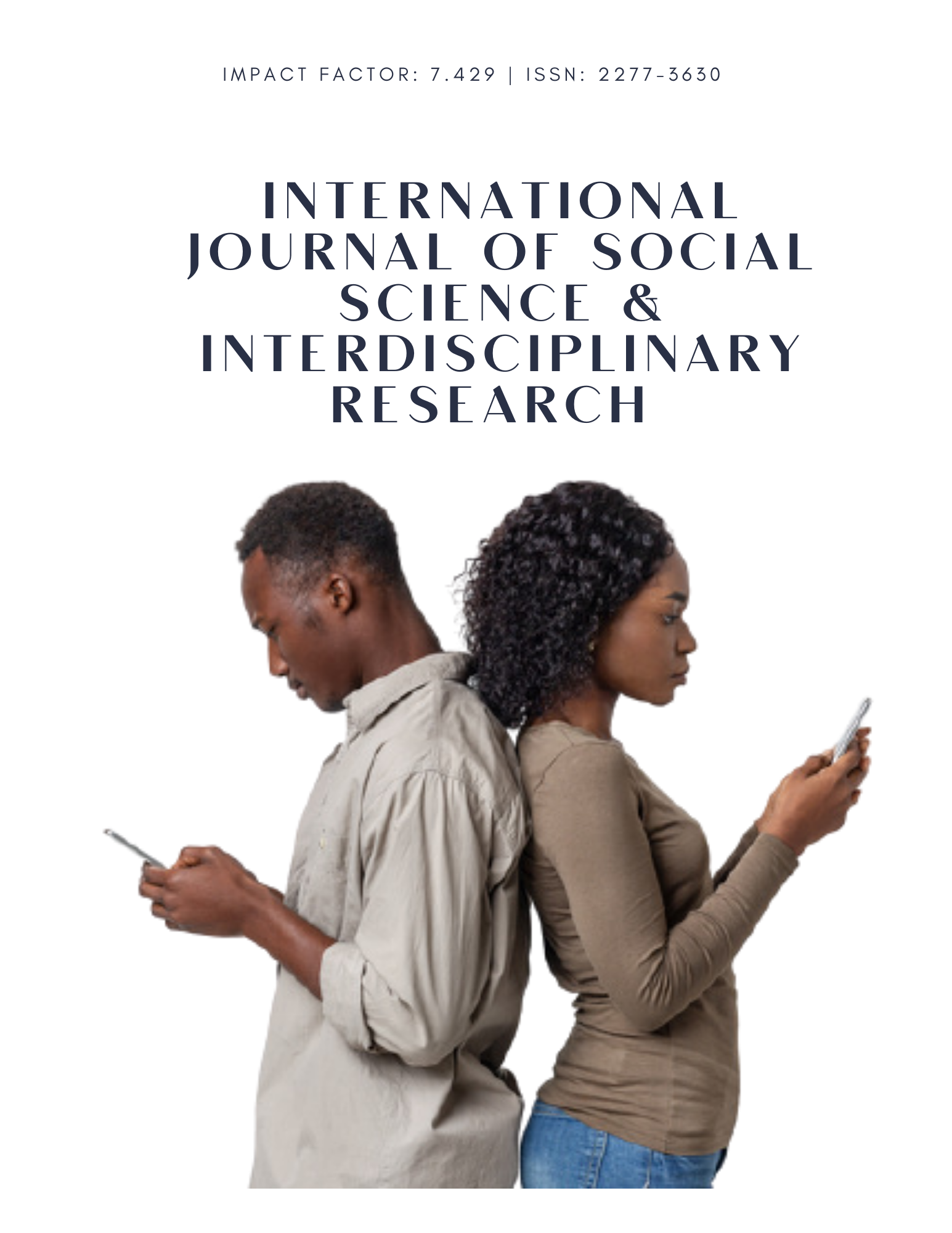APPLYING DRAMA TECHNIQUES IN TEACHING ENGLISH IN IRAN
Keywords:
Drama, Drama techniques, language teaching, Communication.Abstract
This paper concentrates on the teaching of drama, its advantages to language teaching and learning, and how to utilize drama in English classrooms. It concludes with some diverse activities for contributing English learners in India. Drama here means any practical and educational activity which stimulates the use of language in everyday life and involves some amount of imaginary situation(Holden,1981).Some benefits of using drama in language learning are enhancing learner's autonomy and responsibility over their own learning, providing a stress free atmosphere to learn the language, putting new vocabularies and expressions in context, helping to get acceptable pronunciation and intonation, proper understanding of foreign language culture and building up learners' confidence to speak in public.
These drama techniques have been utilized by some English teachers at two different high schools in Ilam Province in Iran which amazingly turned the English classrooms to active participants, reduced the academic stress and provided natural context for learning. Although text books prepared the learners with language, drama activities prepared the learners to participate with real communication and paved the way for the learners to experiment personal language learning.
References
ALDAVERO, V. A. (2008) Drama in the development of oral spontaneous communication. Encuentro 17. Retrieved on 1/8/2010 from www.encuentrojournal. Org/textos/Alonso.pd.
BARBU, L. (2007) Using drama techniques for teaching English. Retrieved on 17/7/2010 from http://forum.famouswhy.com/index.php
BRUMFIT, C., (1991). The communicative approach to language teaching.Oxford: Oxford University Press.
CARKIN, G. et al. (2008). The Effectiveness of and student satisfaction related to three approaches to learning English through drama: Applied drama techniques, process drama, and readers’ theatre. Unpublished Investigacion.
CELCE-MURCIA. M. (Ed.) (2001). Teaching English as a seconder foreign language (3rd ed.). Boston, MA: Heil & Heinle/ Thomson Learning.
CHAUHAN, V. (2004). Drama techniques for teaching English, The Internet TESL Journal, Vol. x. No. 10, from http//www. iteslj.org.
DESIALOVA, L. (2009) Using different forms of drama in EFL classroom. Humanizing language teaching Magazine, issue 4 Retrieved on 17/7/2010 from http://www. hltmag.co.uk/aug09/sart07.htm.
DI PIETRO, R. J. (1987) Strategic instruction: Learning languages through scenarios. Cambridge: Cambridge University Press.
DOUGIL,J. (1987). Drama activities for language learning. London; Macmillan. ELGAR, A. G. (2002). Student playwriting for language development. ELT Journal.561.
FERANDEZ, L. and Coil, A. (1986). Drama in the classroom. Practical Teaching,6/3.
GILL, C.S. (1996). Using drama techniques to encourage oral interaction. The English Teacher, 25, October. Retrieved March 2, 2004, from http//:www.melta.org.my/ET/1996/main6.html
GILL, C. 1995. Building target language oral skills through drama. Conference Proceedings, Second Biennial Conference, AALIT, pp. 79-83.
GOODWIN, J. (2001). Teaching pronunciation. In M. Celce-Murcia (Ed.), Teaching English as a Second or Foreign Language (3rd ed.). Boston: Heinle & Heinle.
GRAHAM, C. (2001). Jazz chants: Old and new. New York Oxford University Press. GRAHAM, C (1986). Small Talk: More Jazz Chants. New York: Oxford University Press. HARMER, J. (1998). How to teach English. Malaysia, vvp.
HARMER, J. (2007) The practice of English language teaching. Essex, England: Pearson Education.
HEATH, S.B. (1993). Inner city life through drama: Imagining the language classroom. TESOL Quarterly, 27(2), 177-192
HELDENBRAND, B. (2003). Drama techniques in English language learning. Korea TESOL Journal, 6(1), 27-37
HELDENBRAND, B. (2005). Drama techniques in English language learning. Korea TESOL Journal, Vol.6 No.1
HILLYARD, S. (2010). “ Teaching English through educational drama to students with learning difficulties”. Ministry of Education, Buenos Aires, Argentina.
HOLDEN, S. (198V. Drama in language teaching, England Longman.
HOWAT, A.P.R. (1984). A history of English language teaching. Oxford: Oxford University Press.
KAO, S. M., and O' NEILL, C., (1998) Words into worlds: Learning a second language through process drama. Stamford, London: Abbex.
MAURER, J.K. (1997). Presentation, practice, and production in the EFL class. The Language Teacher, Retrieved March 2, 2004, from http://www.jaltpublications.Org/tlt/files/97/sep maurer.html
MALEY, A. and DUFF, A. (1982). Drama techniques in language learning. Cambridge: Cambridge University Press.
MALEY, A. And DUFF, A. (2001) Drama techniques in language learning: A resource book for communication activities for language teachers. Cambridge: Cambridge University Press.
MICCOLI, L. (2003). English through drama for oral skills development. ELT Journal 57(2), 122-129.
MILLER, L. and LI, D. (2008). Innovations in ELT curricula and strategies of implementation in Hong Kong SAR. Hong Kong, Asia TEFL.
MORDECAI, J. (1985). Drama and second language learning. Spoken English, 18/2
NELSON, G., and WINTERS, T. (1993). Operations in English: 55 natural and logical sequences for language acquisition. Brattleboro, VT: Pro Lingua.
OILER, J., Jr. (1993). Methods that work. Boston: Heinle & Heinle.
PHILIPS, S. C., (2003) Drama with children. Oxford: Oxford University Press.
RICHARD AMATO, P.A. (1988). Making it happen: Interaction in the second language classroom reading, MA: Addison- Wesley.
RICHARDS. J.C. et al. (1985). Dictionary of language teaching and applied linguistics. Richard Clay PLC, England.
SAM, W.Y. (1990). Drama in teaching English as a second language: A communicative approach. The English Teacher, 9. Retrieved March 2, 2004, from http//:www.melta. org.mv/html
WESSELS, C. (1987). Drama. Oxford: Oxford University press.
WHITEAR, S. (1998). English through drama: A visual/physical approach. The Language Teacher. Retrieved March 2, 2004 from http://www.jalt-publications.org/tlt/dec/whitear.html
Downloads
Published
How to Cite
Issue
Section
License
Copyright (c) 2022 GEJournals

This work is licensed under a Creative Commons Attribution-NonCommercial-NoDerivatives 4.0 International License.





